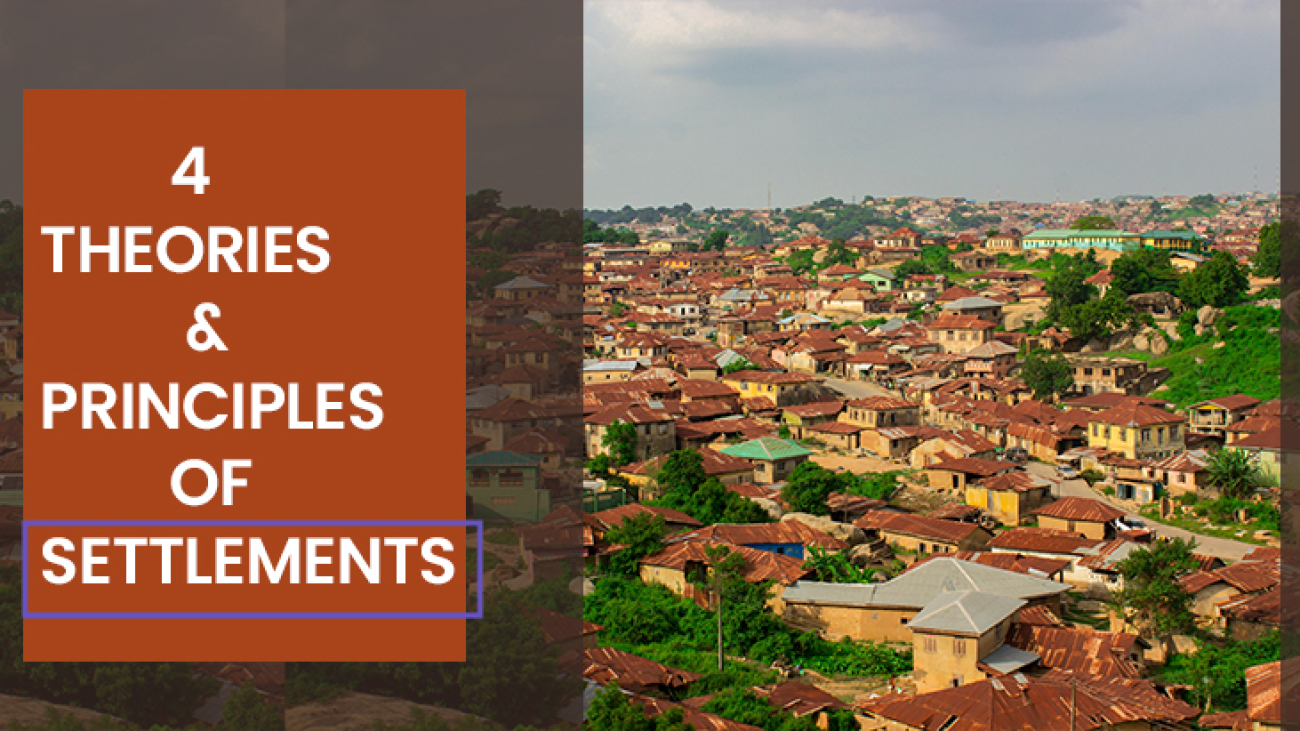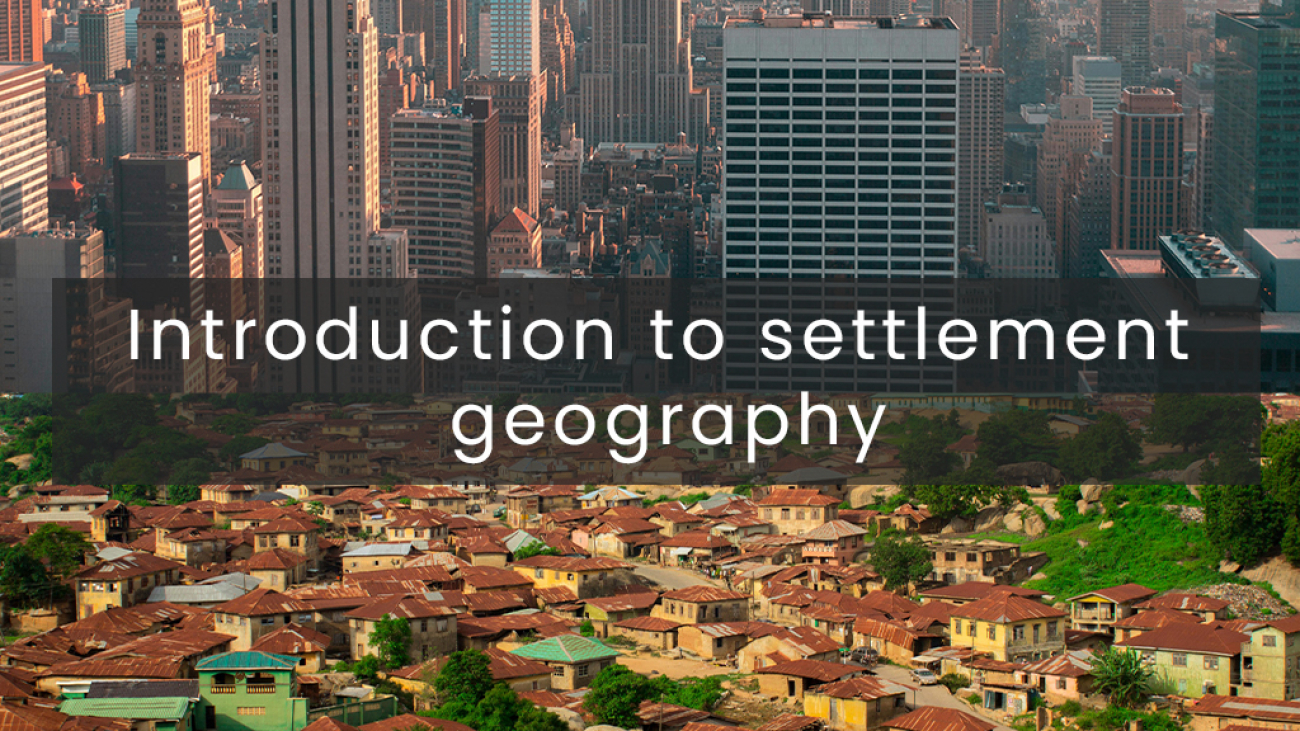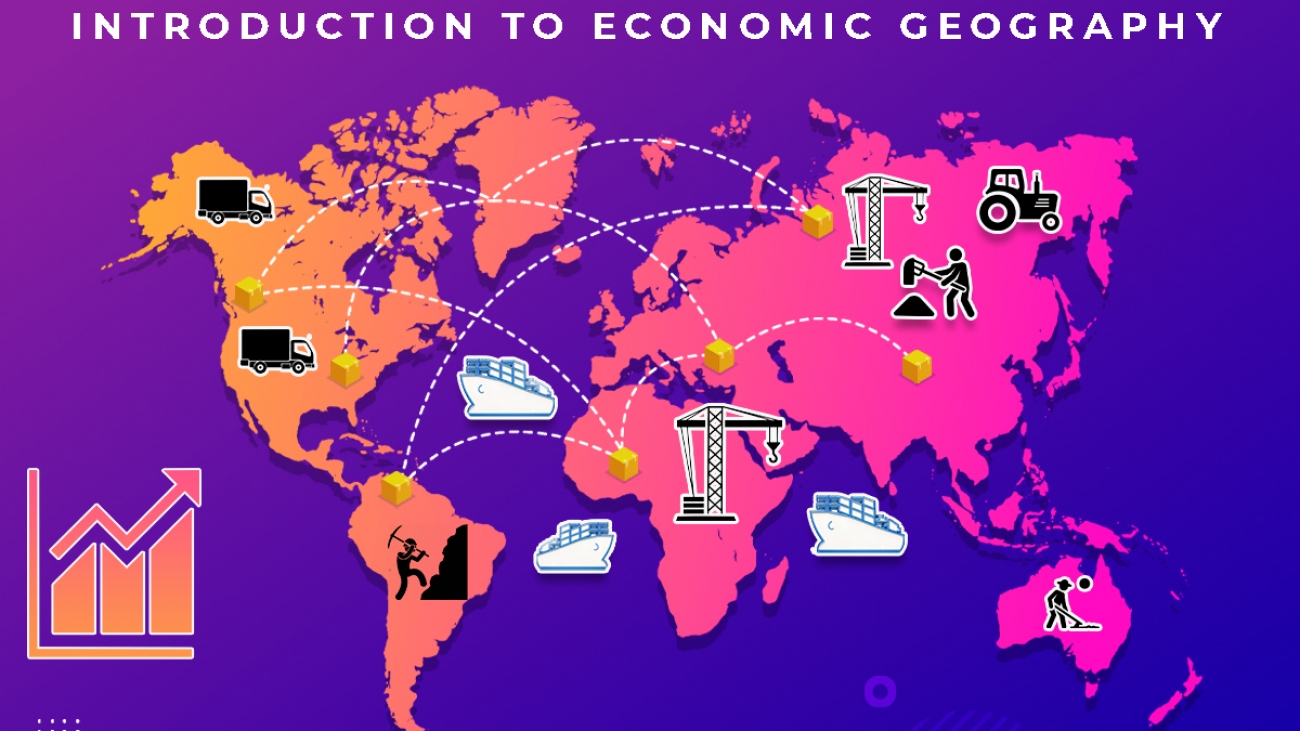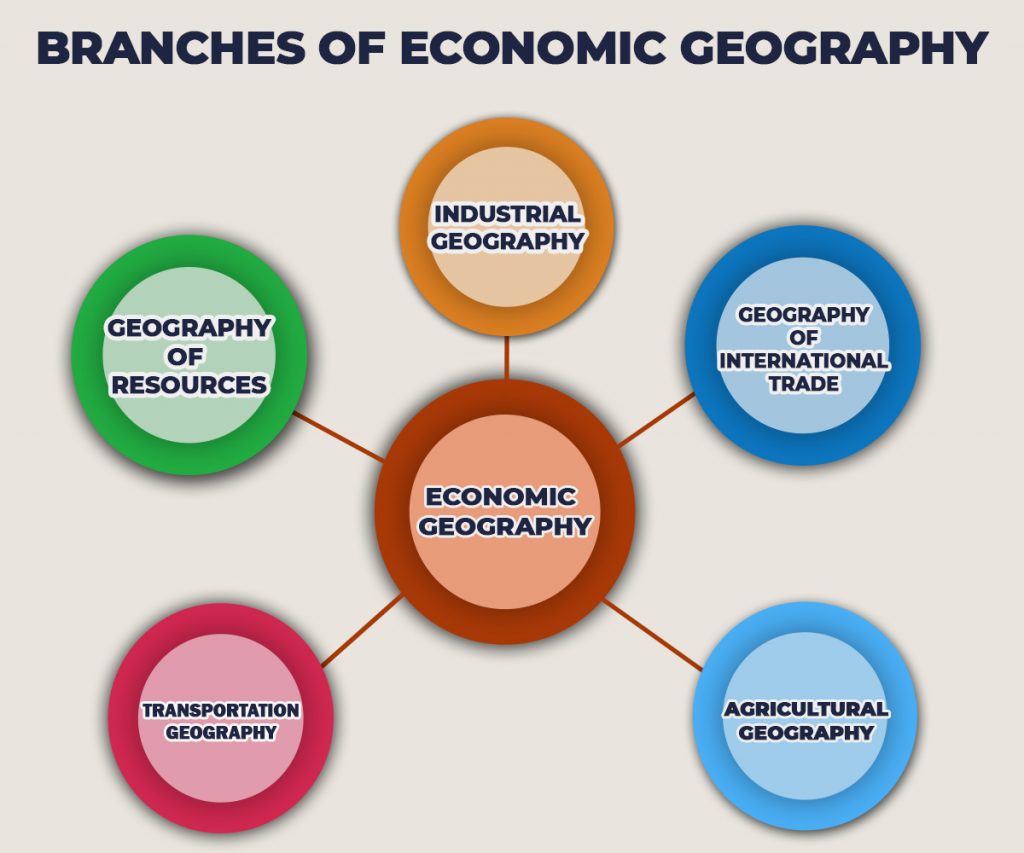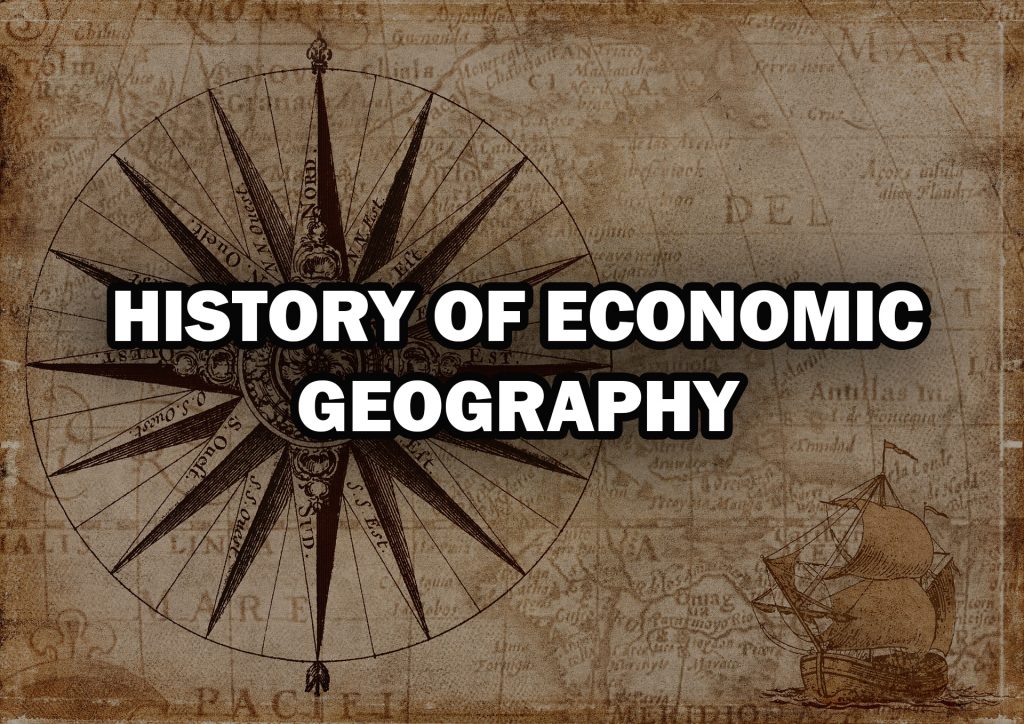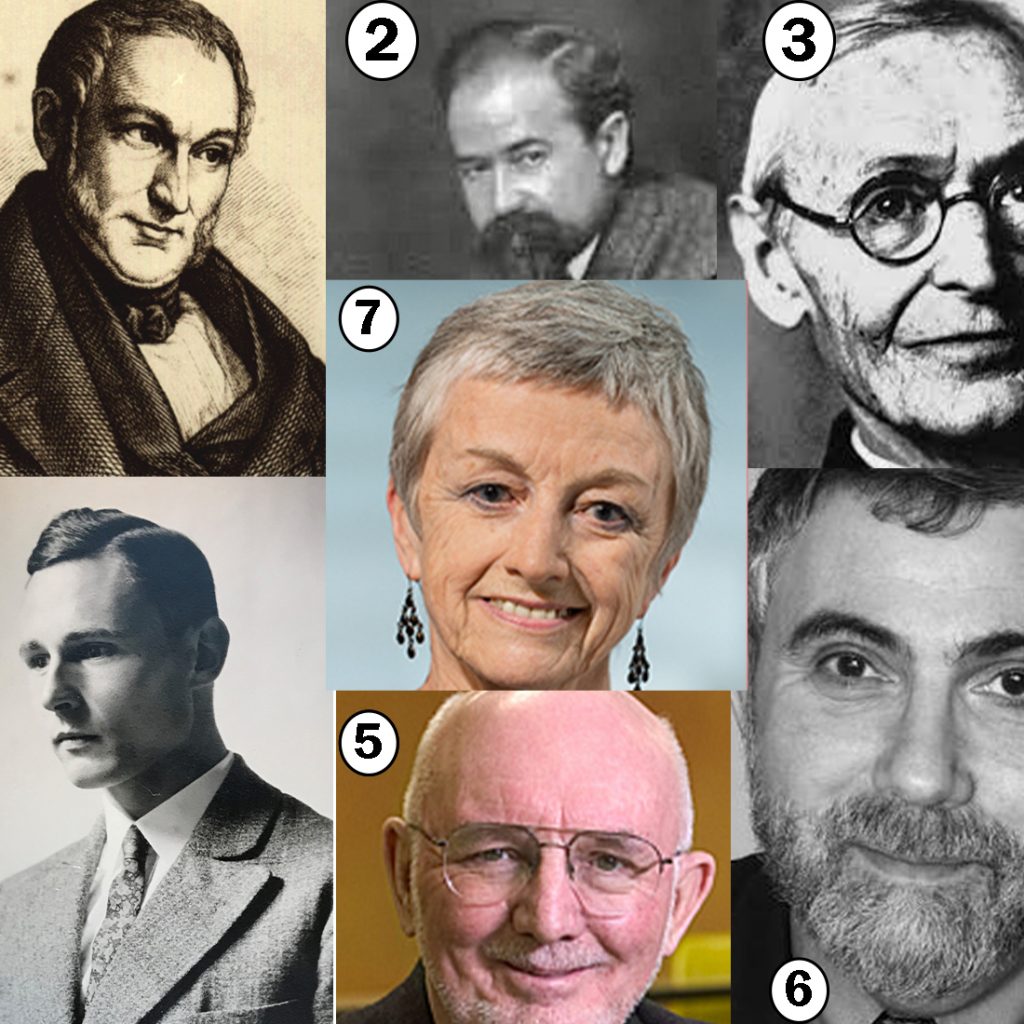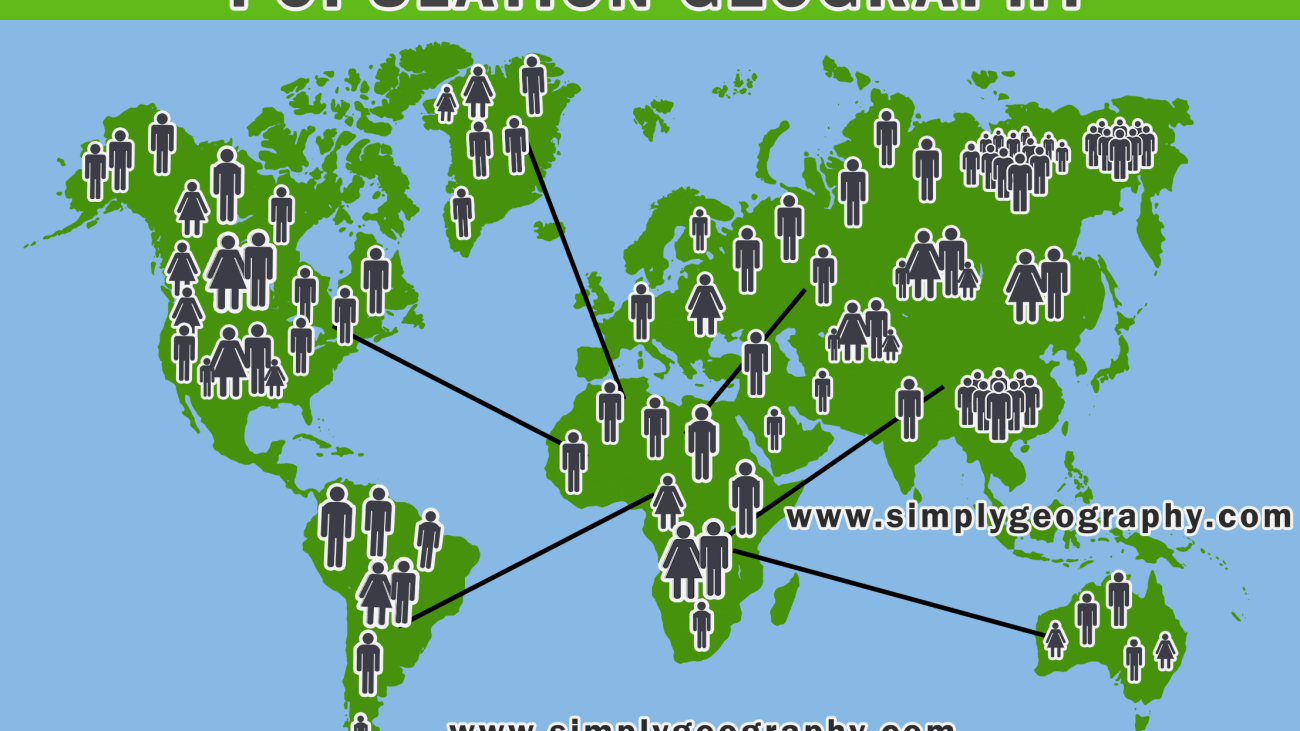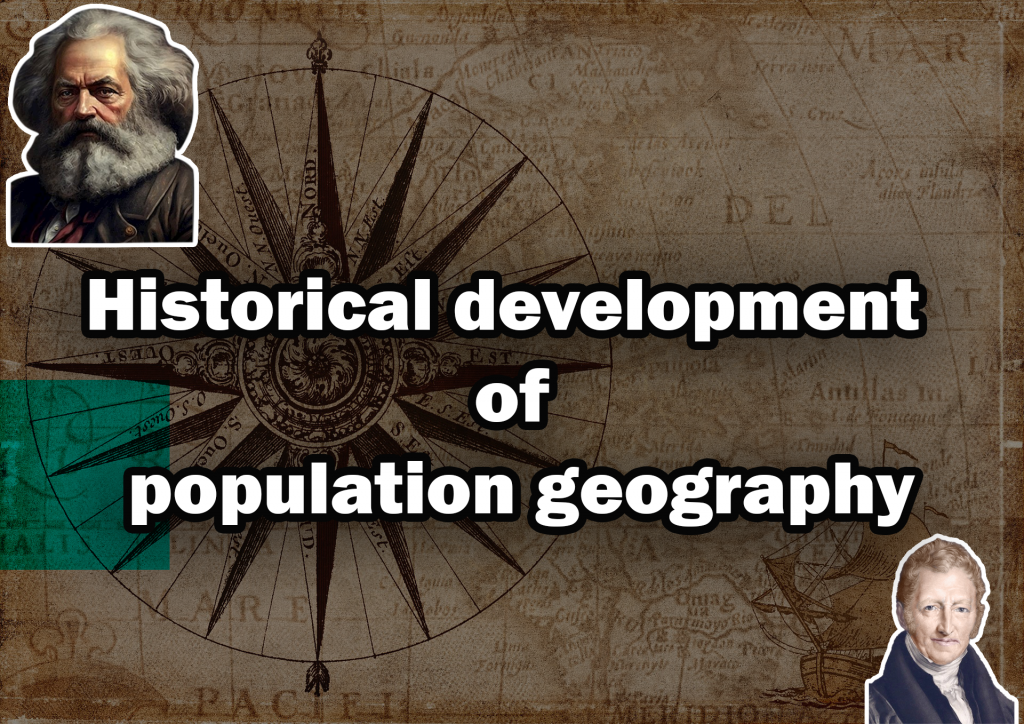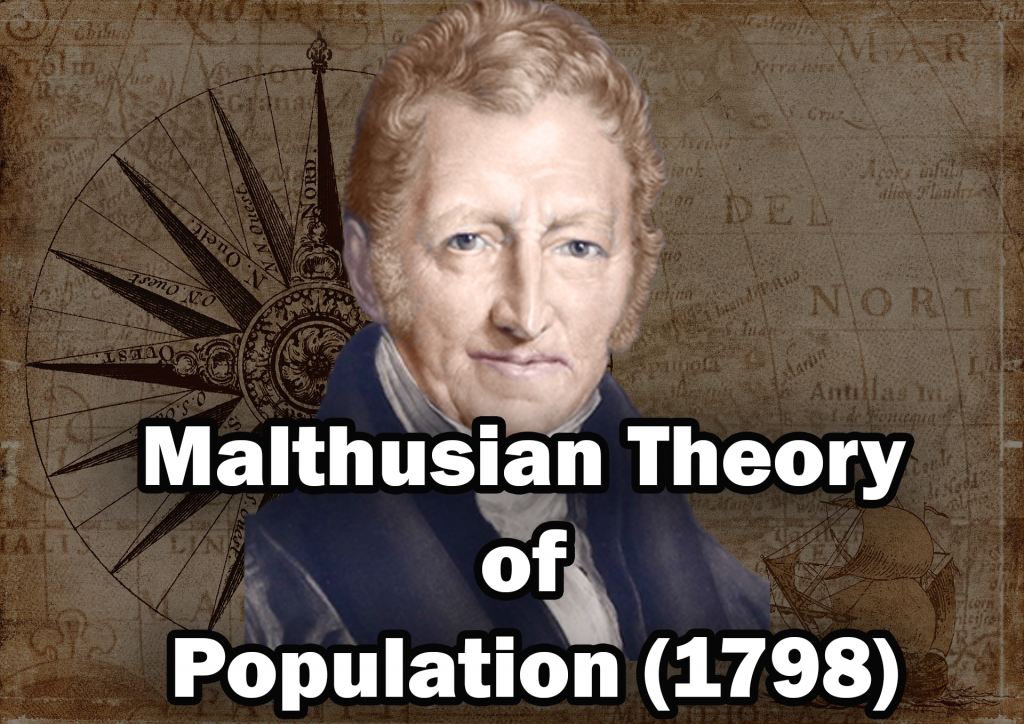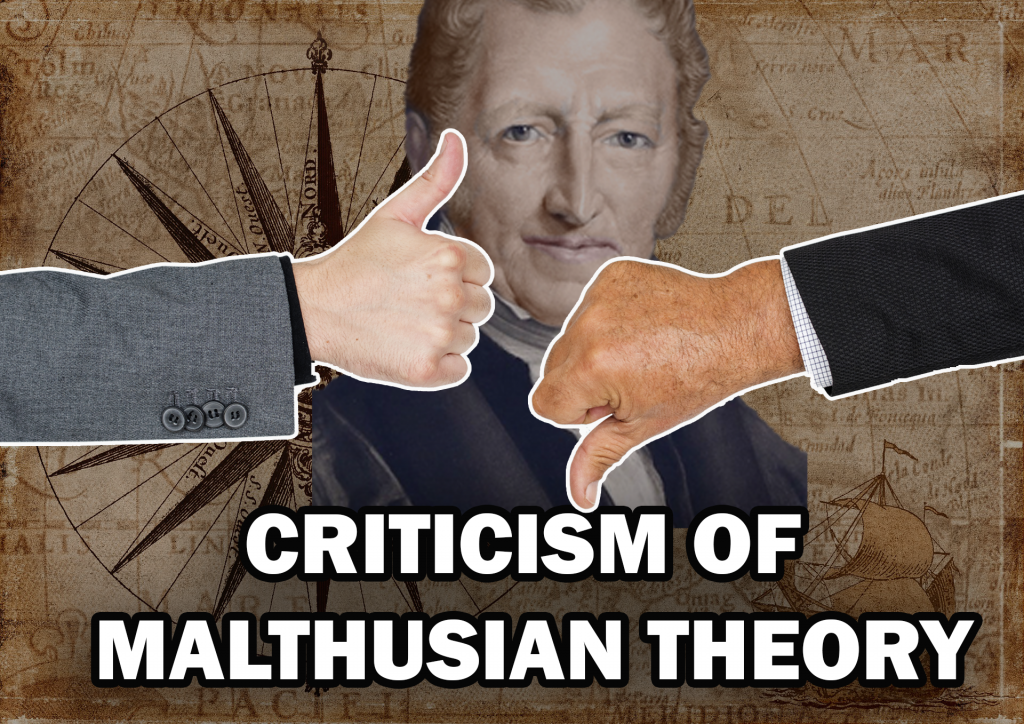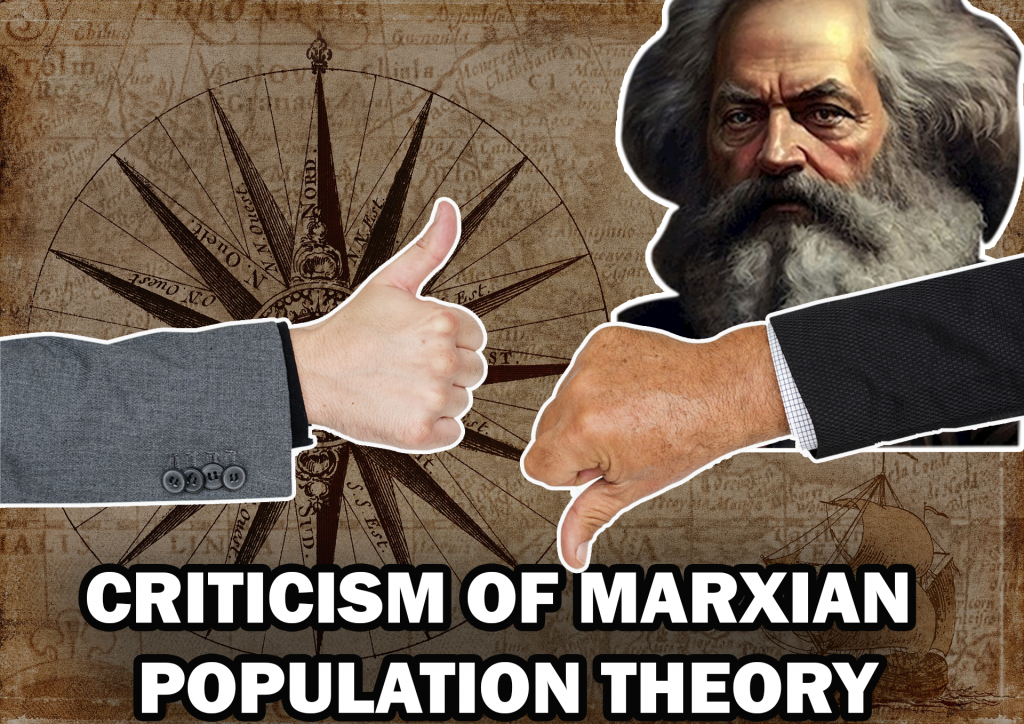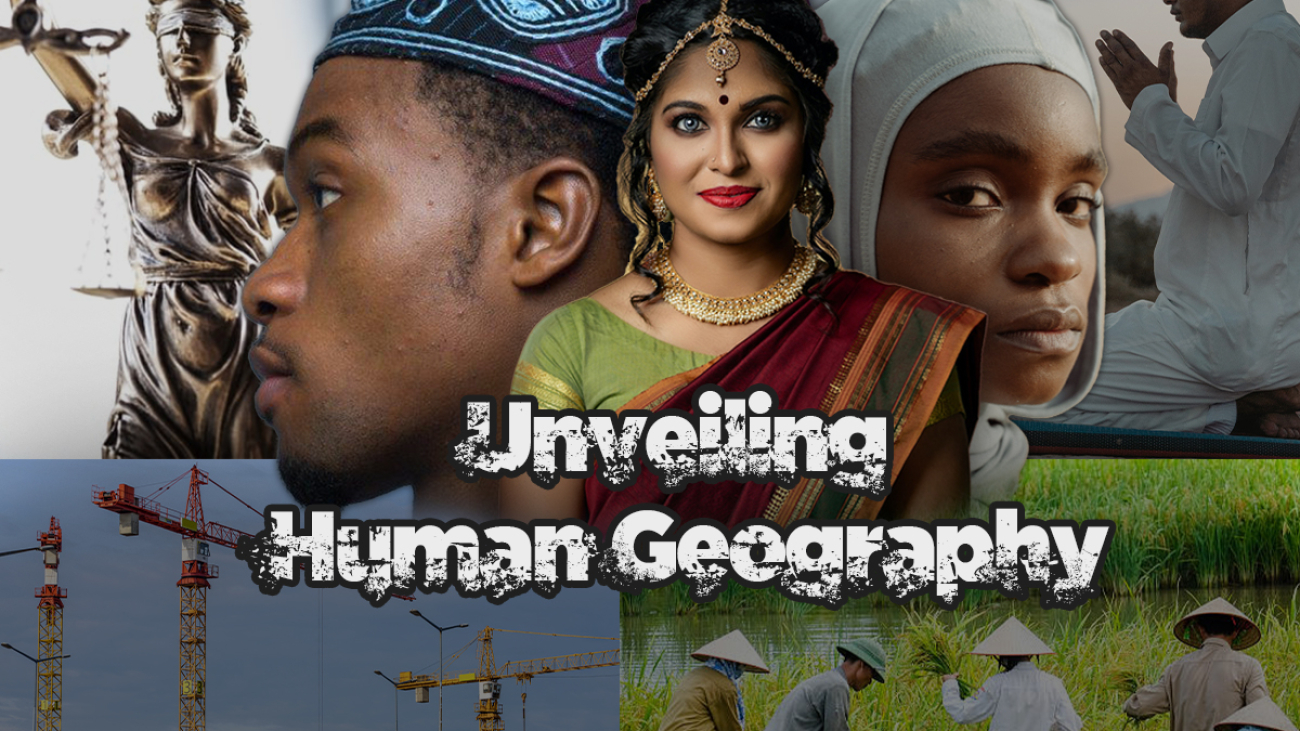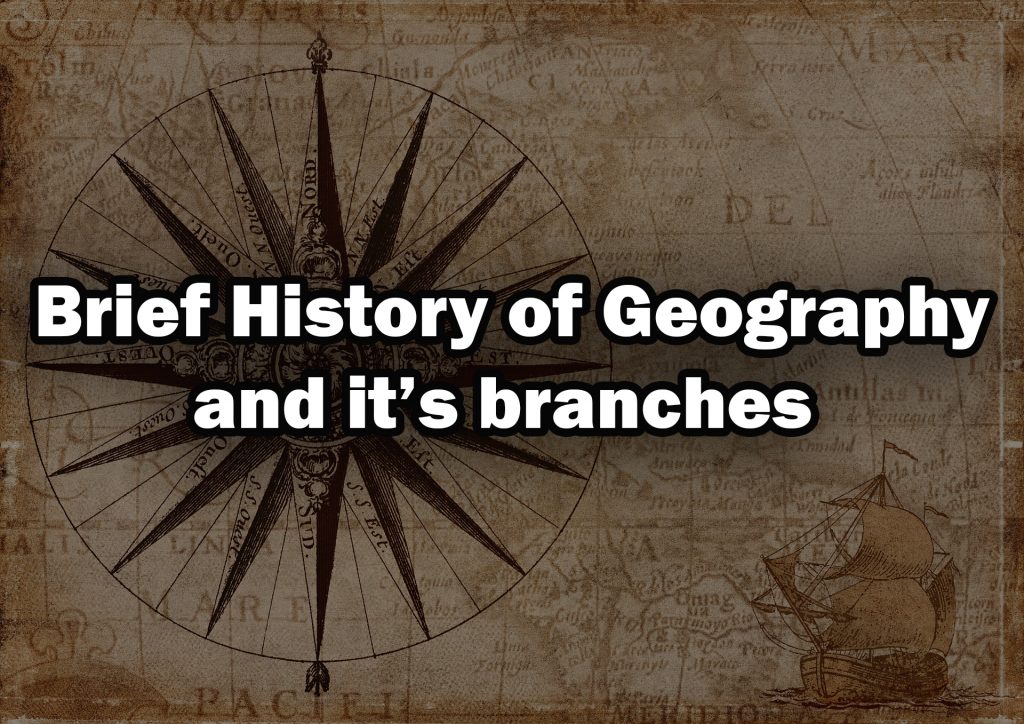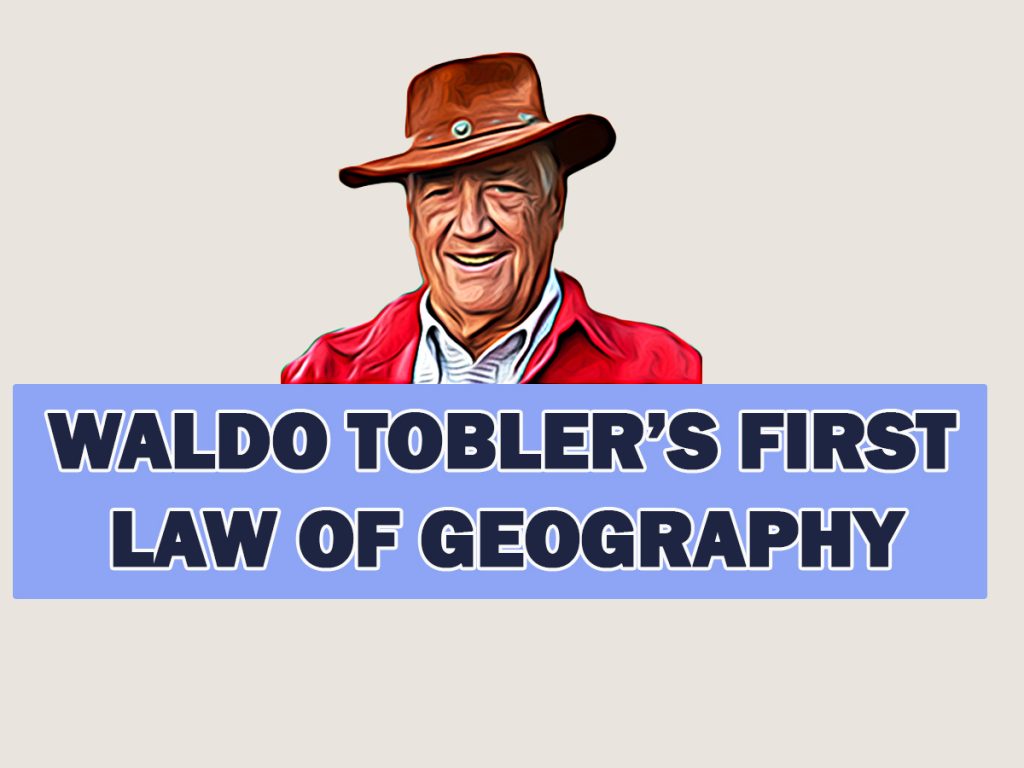In the field of geography and urban planning, the study of settlements stands as a cornerstone in deciphering the complexities of human habitation. From ancient civilizations to modern metropolises, the dynamics of settlements have shaped societies and landscapes alike. In this blog post, we delve into the 4 Theories and principles of settlements. Through exploring these concepts, we seek to understand the complexities of why and how humans have chosen to cluster, organize, and thrive in specific locations throughout history and across diverse environments. Join us on a journey through the theories and principles that have guided the development of settlements, providing valuable insights into the very essence of human interaction with the built environment. But before we proceed, we have to define the two major keywords, which are theories and principles.
What is a theory
A theory is a statement or an idea that can be applied any where on earth to explain a situation that is confusing. Theories are meant for explanation of things that have been observed that needs explanation.
What are principles?
Principles are the basic knowledge, features that are needed to understand some basic behaviours of an individual or even theories. They are those ideas that help us to understand the theories of certain behaviours.
i. Is there any order in the pattern and spatial distribution of human settlement?
ii. How can we explain the existence of different types of human settlement?
To the layman, these questions do not arise at all because to them , the world is too complex to understand. They look at the world as a formless and chaotic jumble of diverse features too complex to comprehend / understand. But, for a few, who have spent their time studying human settlement in details, they have understood that there is order in the distribution of things.
These set of people have analyzed and discern the intricate relationship within and between the features of the earth. Among those who have laboured to understand and explain the pattern and differences which exist between places are Geographers. Although, Scholars from other discipline such as – Economics Sociology have also made their contributions, Geographers have been at the forefront of those working hard to develop locational theories.
They have delve so deeply into locational analyses and processes of spatial organization that they can now claim that any human settlement represents not just a geographical expression of its immediate and current physical environment but of myriads of human decisions through time. As Abler et al (1971) put it “the different features that face the face of the earth, are the product of a long often repeated process of decision making etched into the landscape.
As millions Individual human beings have decided to settle where they do for a wide variety of individual reason? is Theories helps us to explain the order in the distribution of human settlement. In Geography, theories are being developed to enable human beings understand the distribution of human settlement. These theories are usually locational theories that helps one understand the spatial distribution of phenomenon; and they have one thing in common, and that is the assumption that there is a measurable degree of order in human spatial behaviour.
According to Coarnar (1966), this assumption rests on the following distinctive premises which form the basis of most theories of setllement structure. These principles are :
i. The spatial distribution of human activity rest on other adjustment to the factor of discount which may be measured using linear or non-linear.
ii. Locational decisions are taken in general so as to minimize the frictional effects of distance, the so-called “Principles of least-cost”
iii. All locations are endowed with degree of accessibility but some locations are more accessible than others. iv. There is a tendency for human activities to agglomerate to take advantage of Scale economics. v. The organization of human activities is essentially hierarchical in character, resulting from the inter-relationship between the agglomeration and accessibility.
vi. Human occupants is focal in character. A quest for an explanation of optimal distribution of human settlement is clearly a quest for locational theories; and the ultimate goal of locational theories is to unravel not only the relationship between the diverse variable that constitute the human settlement but to understand What settlement patterns will improve the utilization of space. A number of theories have been developed by scholars to help us in explaining human settlement. These theories include:
i. Von Thunen and his theory of location
ii. Walter Christaller and his Central place theory
iii. August Losch and his theory of Economic Landscape
iv. Webber and his least-cost location analysis.
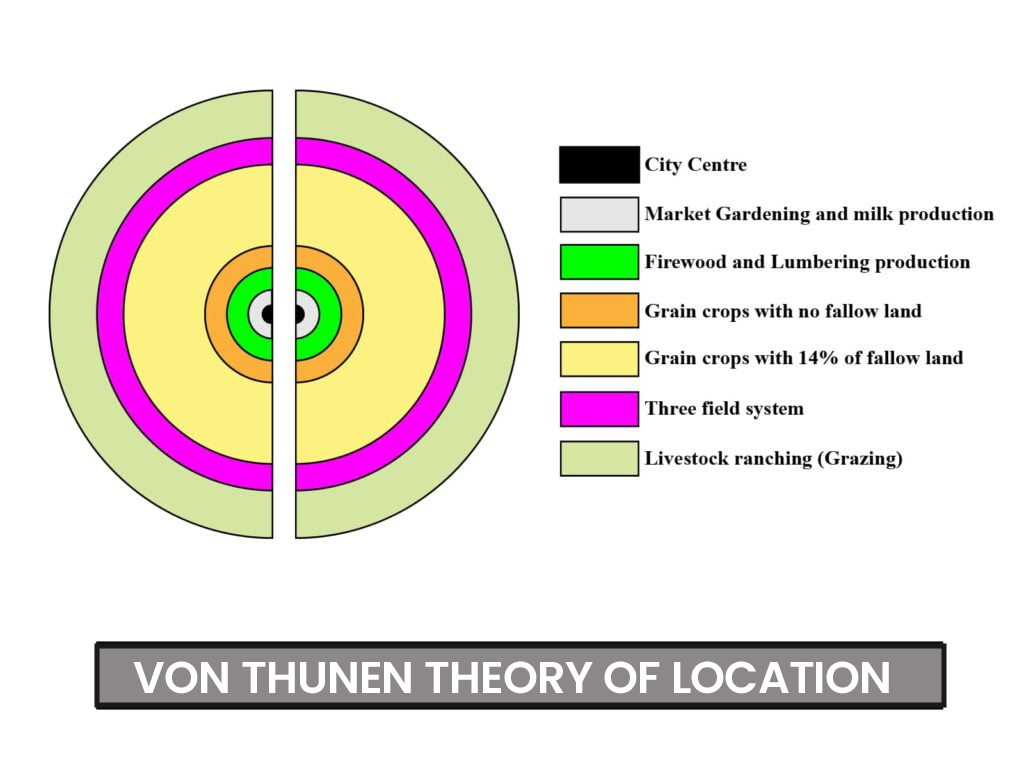
i. Von Thunen and his theory of location: Von Thunen was a German farmer and economist who came up with a theory to explain why different types of farms are located where they are. Von Thunen was a German economist who developed a theory to explain how farmers decide where to locate their farms. He suggested that the location of farms is determined by the costs of transportation to market and the prices farmers can get for their goods. According to his theory, farms that produce perishable or heavy goods are located closer to the market to minimize transportation costs, while farms that produce less perishable or lighter goods are located farther away. This theory helps us understand the spatial patterns of agricultural land use and why different types of farming are found in different areas.

ii. Walter Christaller’s Central place theory: Walter Christaller was a German geographer who developed the Central Place Theory to explain the arrangement and hierarchy of human settlements. He suggested that towns and cities are like centers of activity that provide goods and services to surrounding areas. According to his theory, larger cities serve as central places that offer a wider range of goods and services, while smaller towns provide more basic needs. These settlements are organized in a hierarchical order, with larger cities at the top serving larger areas and smaller towns nested within them, each serving smaller areas. Christaller’s theory helps us understand how settlements are structured and interconnected based on the distribution of resources and the needs of the population.
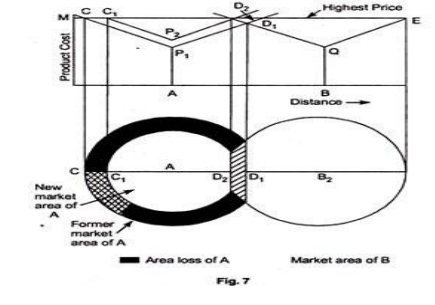
iii. August Losch theory of Economic Landscape: August Lösch, a German economist, developed the theory of economic landscapes, also known as the Löschian model, in his seminal work “The Economics of Location” (1940). Lösch’s theory seeks to explain how economic activities are spatially distributed within a region based on factors such as transportation costs, market demand, and production costs.
This theory states that economic activities within a region are spatially organized based on minimizing costs and maximizing profits. This theory emphasizes the role of transportation costs, market demand, and production costs in determining the location of firms and settlements. It introduces concepts such as bid-rent curves and isotropic surfaces to illustrate how firms optimize their location choices to achieve economic efficiency within a given spatial context.
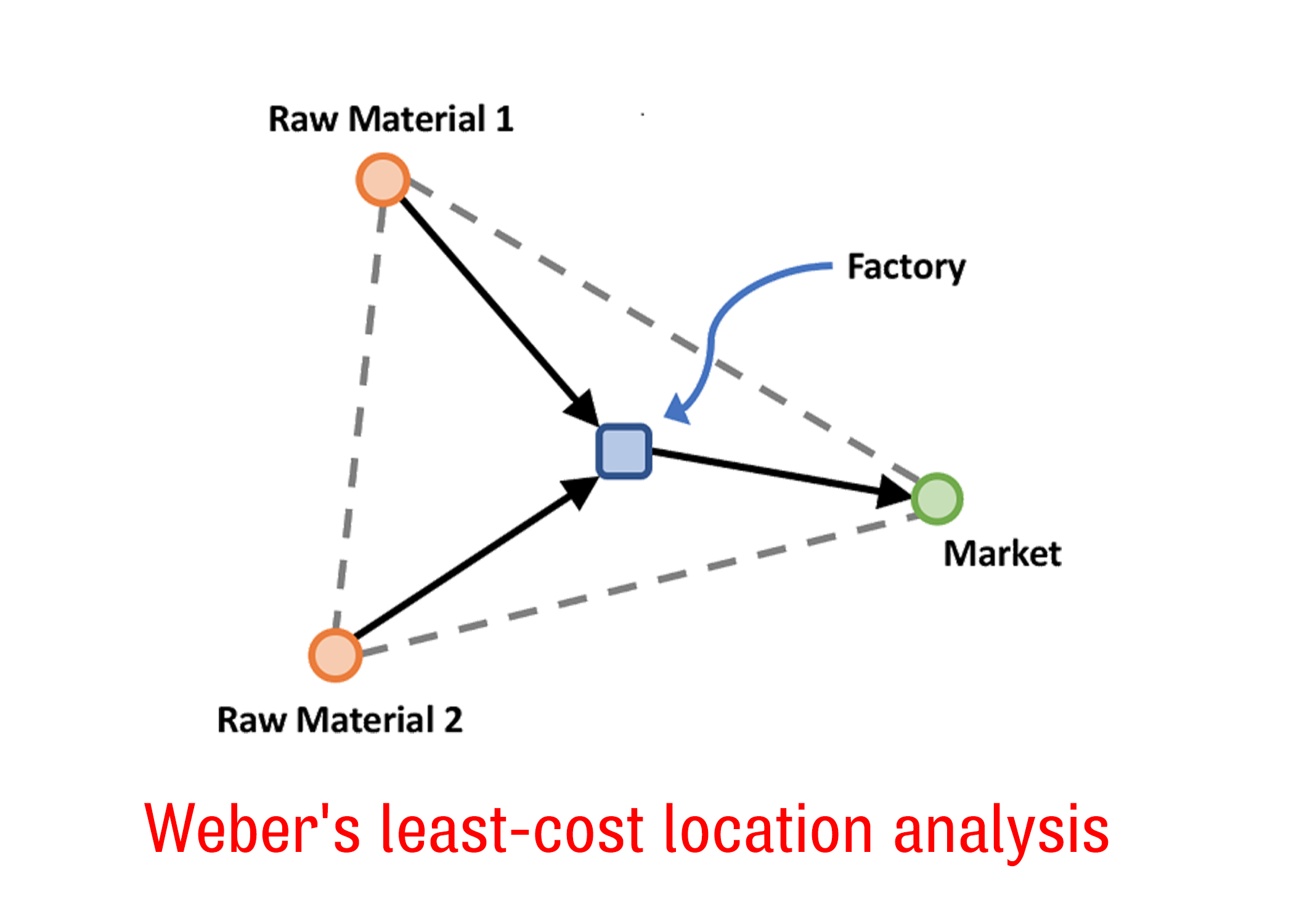
iv. Webber and his least-cost location analysis: Weber’s least-cost location analysis, also known as Weber’s model or Weber’s theory of industrial location, is a the, a German economist, in 1909. This model seeks to determine the optimal location for an industrial facility based on minimizing transportation costs.

Weber’s model makes several key assumptions:
- Homogeneous resources: Resources, including raw materials and labor, are uniform across the region.
- Single product: The facility produces a single product.
- Perfect competition: There are perfect competition and constant returns to scale.
- Fixed input-output coefficients: The input-output ratios remain constant.
The model is based on the idea that the location of an industrial facility should minimize the total costs of production, including transportation costs for inputs and outputs. It considers the location of raw material sources, the location of the market for the finished product, and transportation costs between these locations.
Weber’s model is represented mathematically as:
Total Cost = a * Distance to Raw Materials + b * Distance to Market
Where:
- a and b are the weightings or coefficients representing the relative importance of transportation costs for raw materials and the finished product, respectively.
- Distance to Raw Materials is the distance from the proposed location to the sources of raw materials.
- Distance to Market is the distance from the proposed location to the market for the finished product.
The least-cost location is determined by finding the location that minimizes the total cost of production. This analysis helps businesses make informed decisions about where to locate their facilities to optimize their competitiveness and profitability.
In conclusion, understanding the theories and principles of settlements provides invaluable insights into how human societies interact with their environments and shape their habitats. From ancient civilizations to modern urban landscapes, these theories illuminate the intricate dynamics of settlement formation, development, and sustainability. By delving into concepts such as urbanization, site selection, and spatial organization, we gain a deeper appreciation for the complexities of human geography. As we navigate the ever-evolving landscapes of our world, the knowledge gleaned from studying settlements equips us with the tools to plan, adapt, and thrive in our built environments while preserving the natural world around us.

